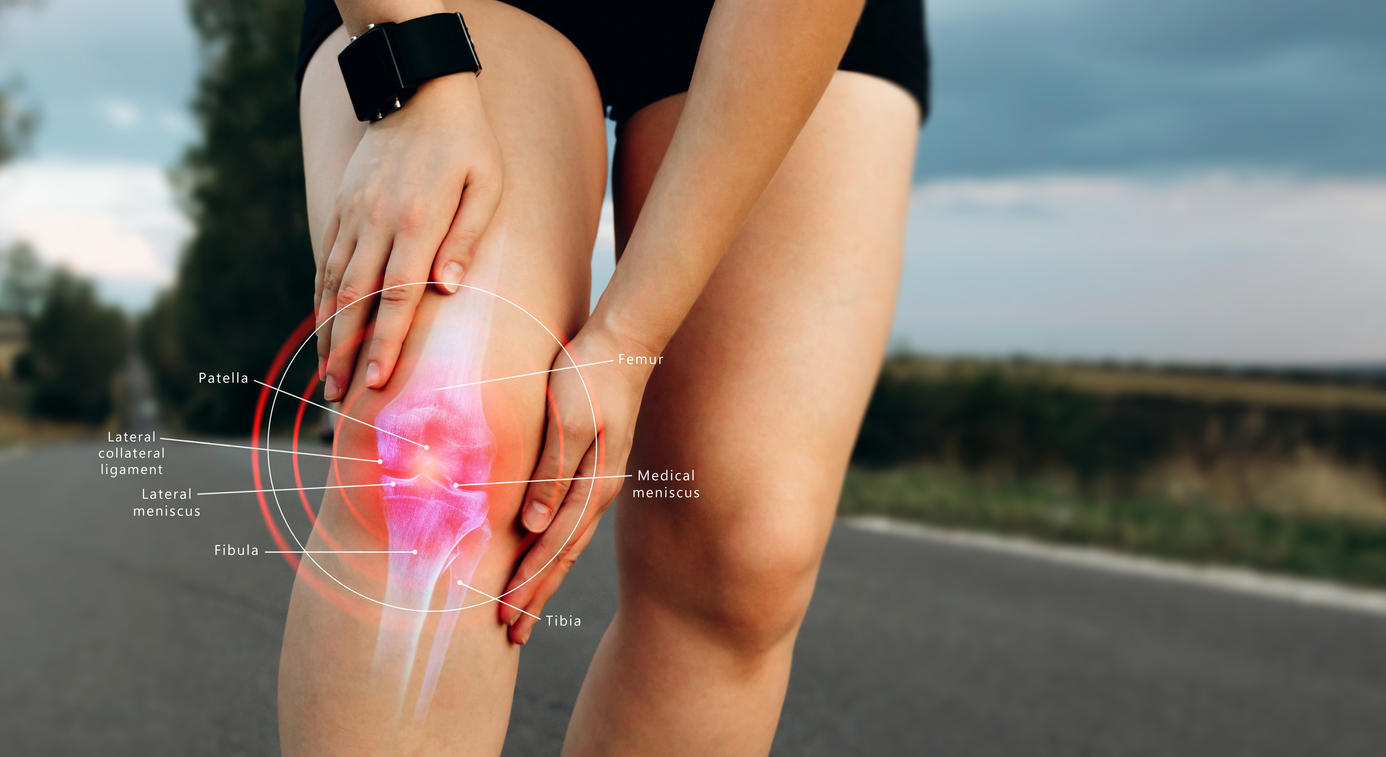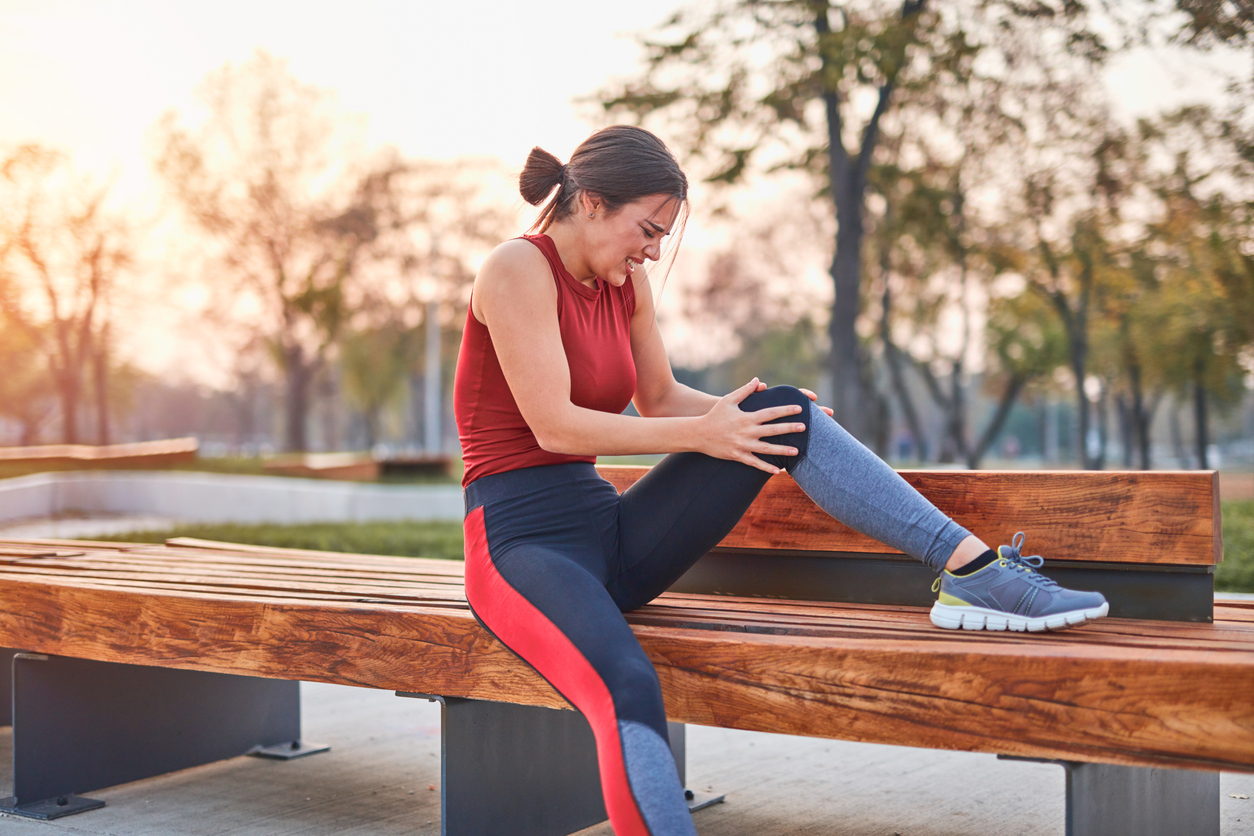Patella Knee Stabilization

Patella Knee Brace Variations
Best Open Patella Knee Braces
- Excellent Compression
- All-Day Comfort
- Doesn’t Slip
🇺🇸 Corporate Headquarters in USA


Runner's knee or patellofemoral pain syndrome (PFPS) is a common, but frustrating injury for runners. The good news is that it can usually be successfully treated with a brace to reduce pain and inflammation while you rehabilitate the injured area. In order to choose the best brace for your needs, you have to look at your specific diagnosis. All knee braces are designed with different purposes in mind, so it's important to get the appropriate type of brace for your injury.
Symptoms of patella tendonitis include tenderness directly under the kneecap where the patellar tendon attaches to the lower leg, swelling of this area or nearby areas, clicking or popping when moving the knee, and pain during bending activities. This most often occurs in runners who have poor running form which can cause repeated irritation and inflammation on the patellar tendon and where it attaches to the tibia (lower leg).
Depending on the type of patella support brace you choose, you can get a variety of benefits from this type of knee pain relief. For example, a gel sleeve will provide compression that supports your knee and reduces inflammation in the surrounding tissues. A patella strap, on the other hand, will help take pressure off the tendon by providing a cushion between your leg and shoe. Some braces are designed to offer adjustments that allow you to tighten the brace for added stability, while others simply need to be pulled on like a sock.
After trying out the different types of knee pain relief products available, it's time to leave some reviews. Not only do reviews give you the opportunity to provide feedback about what you've learned, but they can also help other runners decide which products best suit their needs. A patella tendonitis brace review is a personal review of products that have been tried and tested by runners with this condition. These reviews can help you choose the best brace for your specific situation, so give them a look if you're still unsure about which option to try first.

The first step in choosing a patella tendonitis brace for running is to identify your specific condition and then match it with the right product. Once you've done that, it's time to think about your personal preferences and the cost of the braces. Keep in mind that some knee pain relief products can make daily tasks easier while others offer more specific benefits for runners; detailed patella tendonitis brace reviews will help you find out which one is best for you.
Treatment for patella tendonitis is typically rest, icing the area, and wearing a brace to reduce pain and inflammation. Getting back on track after this injury can be difficult due to the very nature of it; however, you should not run through the pain because doing so will keep you out of running shape, which can exacerbate the injury.
The right patella brace can help reduce pain and inflammation of this condition by supporting your kneecap through the use of straps, gel, or padding on the front of your knee. The best brace for runner's knee is one that allows you to adjust the straps to your preferences.
A patella knee strap is a compression sleeve that will be worn on the outside of your upper leg and calf. While wearing it, you should notice increased stability and increased comfort while exercising or running. The tension of the strap helps reduce pressure on the patellar tendon by pulling upwards on it and off of it (much like a hammock).
The patella knee strap should be worn on both legs for best results. It can also reduce pain due to Osgood-Schlatter Disease, which is caused by repeated irritation and inflammation around the tibia where it attaches to the tibial tuberosity just below the kneecap. This condition often occurs in young athletes and can be identified by pain and tenderness along the front of the knee and popping and clicking when moving the knee.
A patella strap brace has straps that attach at two points on the outside of your lower leg, just above your kneecap. This type of brace is ideal for mild cases of patella tendonitis. It can also be used as a preventative measure against runner's knee, particularly in those with Osgood-Schlatter Disease.
This type is essentially the same as the above brace, but it has hinges at the point where the straps attach. This added flexibility will allow you to bend your knee without removing or adjusting the brace. It can also reduce pain due to Osgood-Schlatter Disease.
A clicking knee brace is helpful for those with tendonitis because it uses compression to support the patella tendon. There are two types of compression braces for tendonitis: adjustable and non-adjustable. Both provide relief from pain, but the adjustable type allows you to place more pressure exactly where it's needed.
A patella support brace, like the adjustable compression braces listed above, is effective at relieving pain caused by tendonitis. It has a padded section that covers the front of your knee and holds your kneecap in place to improve stability. This type of brace can also reduce pain due to Osgood-Schlatter Disease.
A patella tendonitis brace for running is specifically designed to help you get back on track and continue your normal routine while protecting your knees from further damage during the healing process. These products come in a variety of styles including knee straps, gel sleeves, and adjustable hinges.
A patella tendonitis brace is a knee support brace that can be worn during activities to provide relief from pain. It has straps, hinges, or gel sleeves designed specifically for this condition, which helps reduce inflammation and heal the affected areas while you exercise. These braces are commonly available.
The right choice in a knee brace will depend on the level of support you’ll need and whether you plan to continue playing through your injury or not. The simplest choice is a sleeve or wraparound design. Both provide mild support with the greatest amount of comfort. If your injury is severe, you’re best to wear a hinged knee brace that provides maximum support. Just be prepared for it to feel uncomfortable and restricting until you get used to it.